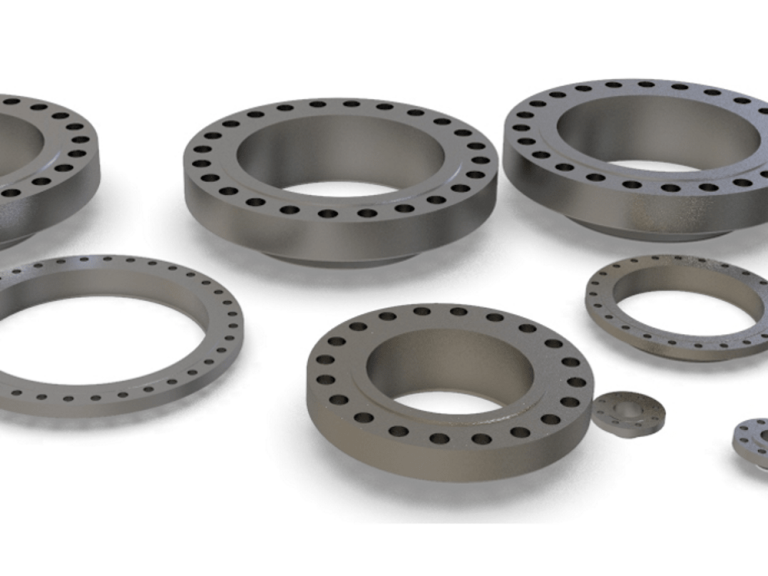Unlocking Efficiency: Exploring the Role of Lubricants in Geosynthetic Applications
In the realm of modern engineering and construction, the utilization of geosynthetics has become increasingly prevalent due to their versatile applications in soil stabilization, erosion control, and drainage systems. However, the performance of geosynthetics heavily relies on various factors, including the choice of lubricants used in conjunction with them. In this article, we delve into the symbiotic relationship between lubricants and geosynthetics, addressing common inquiries and shedding light on their collective advantages.

How do lubricants enhance the performance of geosynthetics?
Lubricants play a pivotal role in reducing friction between geosynthetics and adjacent materials, facilitating smoother installation processes and mitigating wear and tear over time. This enhanced lubricity improves the flexibility and durability of geosynthetics, ensuring sustained performance in diverse environmental conditions.
When it comes to cooling tower valves, companies play a crucial role in providing essential components for efficient cooling system operation. These companies specialize in manufacturing a wide range of valves specifically designed for cooling tower applications. From isolation valves to control valves and drain valves, they offer solutions tailored to the unique needs of cooling tower systems. These valves are engineered to withstand the harsh operating conditions of cooling towers, including exposure to water, chemicals, and high temperatures. With a focus on quality, reliability, and performance, cooling tower valve companies ensure that their products meet industry standards and provide efficient flow control, contributing to the optimal functioning of cooling tower systems in various industries
What factors should be considered when selecting lubricants for geosynthetic applications?
When choosing lubricants for geosynthetics, factors such as material compatibility, environmental impact, and long-term performance should be carefully weighed. Opting for non-reactive lubricants that offer durability without compromising the integrity of the geosynthetic is essential. Additionally, prioritizing environmentally friendly lubricants can minimize ecological impact.
How do geosynthetics contribute to the effectiveness of lubricants?
Geosynthetics acts as a protective barrier between the lubricant and surrounding soil or structures, preventing contamination and ensuring uniform distribution of the lubricant. Furthermore, geosynthetics provide reinforcement and stabilization, optimizing the performance of lubricants in various civil engineering applications, including soil stabilization, erosion control, and landfill liners.
What synthetic lubricant is presently used with ternary blends containing HCFCs?
The choice of synthetic lubricant used with ternary blends containing HCFCs is a critical consideration in geosynthetic applications. This decision impacts the efficiency and longevity of infrastructure projects, highlighting the importance of selecting lubricants that align with environmental regulations and performance requirements.
In conclusion, the combination of lubricants and geosynthetics offers a compelling solution for enhancing performance in engineering and construction applications. By reducing friction, improving installation efficiency, and ensuring long-term durability, this partnership enables sustainable infrastructure development. Engineers and manufacturers must carefully consider the selection of lubricants, particularly regarding their compatibility with geosynthetics and adherence to environmental standards. Ultimately, leveraging the synergistic effects of lubricants and geosynthetics can unlock efficiency and innovation in various civil engineering projects.


